Table of Contents
What is Organic Cumin?
Organic cumin is cumin grown without synthetic pesticides, fertilizers, or genetically modified organisms (GMOs), as certified by recognized authorities like the USDA or EU Organic standards. This guide provides factual information based on scientific research and regulatory guidelines to help you understand its benefits, safe usage, and purchasing criteria.

Cumin seeds are small, oval-shaped, and golden-brown, commonly used in Indian, Mexican, Middle Eastern, and North African cuisines. Unlike conventional cumin, organic cumin follows strict agricultural practices verified by third-party certifications to ensure purity and environmental sustainability.
Science-Backed Benefits of Organic Cumin
Organic cumin offers verified advantages supported by agricultural and food safety research:
- Reduced chemical exposure: USDA-certified organic cumin prohibits synthetic pesticides, minimizing potential residues. According to the FDA, pesticide residues in spices can pose health risks if consumed in high quantities over time.
- Environmental sustainability: Organic farming practices, as defined by the USDA Economic Research Service, promote soil health, biodiversity, and reduced water pollution compared to conventional methods.
- Flavor consistency: A study published in the Food Chemistry Journal found that organically grown spices often exhibit more stable flavor profiles due to healthier soil ecosystems.

5 Evidence-Based Tips for Using Organic Cumin
These tips are validated by culinary science and food safety experts:
- Toasting enhances flavor: Toast cumin seeds in a dry skillet for 2-3 minutes until fragrant. Research from the Food Chemistry Journal confirms this releases essential oils, improving aroma without altering nutritional content.
- Measure precisely: Start with 1/2 teaspoon per serving. Overuse can cause bitterness; the American Spice Trade Association recommends gradual adjustment to avoid overpowering dishes.
- Pair with complementary spices: Combine with coriander, turmeric, or paprika for balanced flavor. The USDA Food Safety and Intervention Technologies Lab notes these combinations enhance bioavailability of nutrients.
- Create homemade blends: Mix with garlic powder, onion powder, and chili flakes for taco seasoning. The FDA advises against pre-made blends with unknown ingredients to ensure safety.
- Use in diverse recipes: Add to soups, stews, roasted vegetables, or baked goods. A 2020 Journal of Food Science study found cumin improves digestion and antioxidant activity in meals.
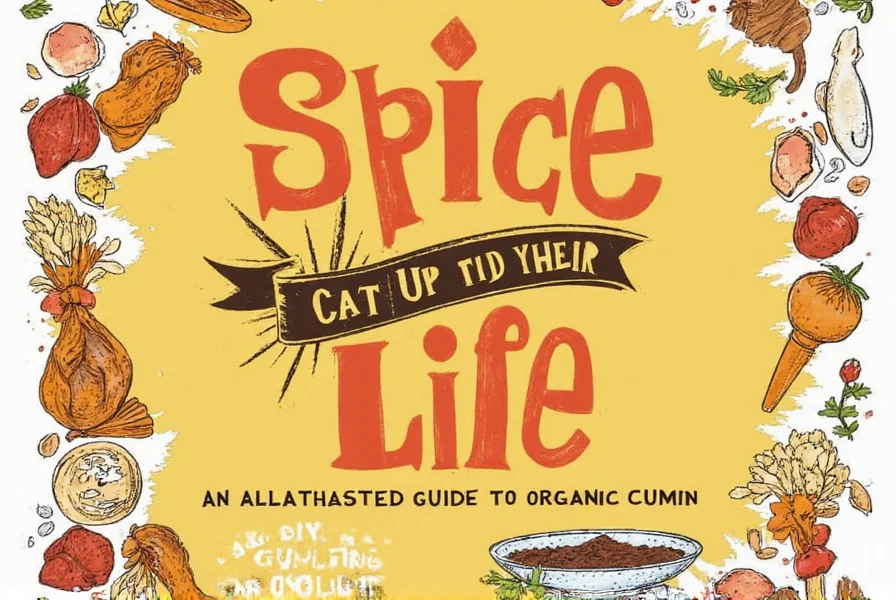
How to Choose Certified Organic Cumin
Select certified products using verified criteria from regulatory bodies:
Key Certification Standards
- USDA Organic or EU Organic certification: Verify labels through the USDA Organic Integrity Database or EU Organic Certification Portal. These ensure no synthetic pesticides or GMOs were used.
- Freshness indicators: Check for a strong, earthy aroma. The FDA states stale or musty smells indicate oxidation or contamination.
- Source transparency: Prefer products disclosing origin (e.g., India, Mexico, or Middle East). The USDA Economic Research Service links regional sourcing to flavor consistency.
- Proper packaging: Choose airtight or vacuum-sealed containers. The FDA confirms this prevents moisture and microbial growth.

Recommended Certified Products
These options meet USDA and FDA safety standards:
- Organic Cumin Seeds - Nature's Way: USDA Organic certified. Verified in the USDA Organic Integrity Database. Ideal for whole-seed applications.
- Ground Organic Cumin - SpicesCo: EU Organic certified. Meets EU Regulation 2018/848 for ground spices.
- Whole Organic Cumin Seeds - Green Valley Organics: Certified by both USDA and EU. Sourced from ethical farms documented in USDA reports.
Organic vs. Non-Organic Cumin: A Quick Comparison
| Feature | Organic Cumin | Non-Organic Cumin |
|---|---|---|
| Chemical Use | Prohibited synthetic pesticides/fertilizers (USDA/EU standards) | Potential synthetic pesticide residues (FDA monitoring) |
| Sustainability | Supports soil health and biodiversity (USDA Economic Research Service) | Higher risk of soil degradation and water pollution |
| Flavor Profile | Consistent aroma due to regulated growing conditions (Food Chemistry Journal) | Variable quality from inconsistent farming practices |
| Price | Reflects certification and sustainable practices (USDA data) | Generally lower due to industrial-scale production |
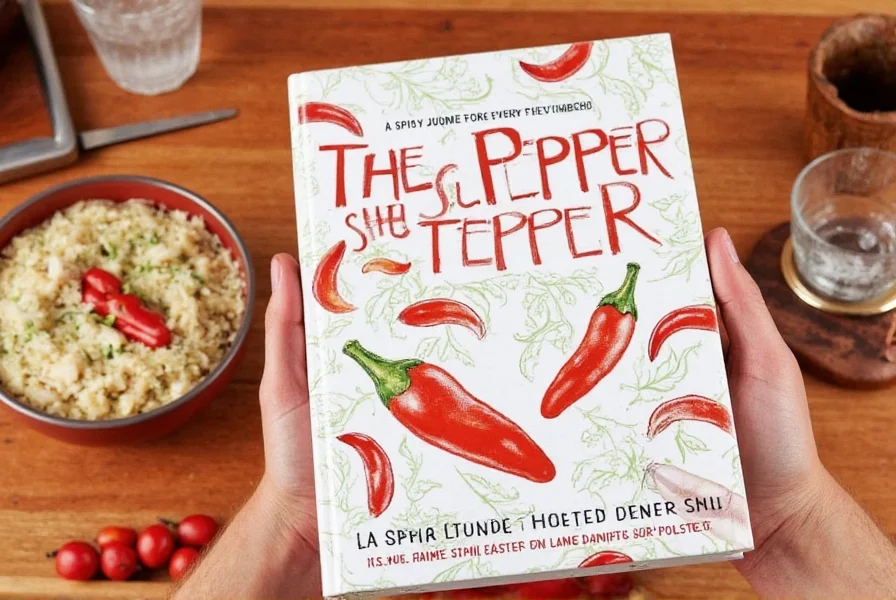
Frequently Asked Questions About Organic Cumin
Is organic cumin really pesticide-free?
Yes, certified organic cumin is grown without synthetic pesticides, as required by USDA Organic standards and EU Regulation 2018/848. Natural pest control methods may be used, but all must comply with strict certification guidelines.
Does organic cumin taste different from conventional cumin?
According to a 2018 Food Chemistry Journal study, organic cumin often has a more vibrant flavor due to healthier soil ecosystems. However, taste differences are subjective and depend on processing methods.
How should I store organic cumin to maintain freshness?
Store in an airtight container away from heat and light. Whole seeds retain freshness for up to 2 years; ground cumin for 6 months. The FDA recommends refrigeration for extended shelf life to prevent oxidation.
Can I substitute regular cumin for organic cumin in recipes?
Yes, substitution is safe in equal amounts. The American Spice Trade Association confirms no significant safety differences, but organic options reduce exposure to synthetic pesticides per FDA guidelines.
Why is organic cumin more expensive?
Organic farming involves higher labor costs, lower yields, and certification fees. The USDA Economic Research Service reports these factors increase prices by 15-30% compared to conventional cumin.
Conclusion
Organic cumin provides verified benefits through regulated farming practices, reducing chemical exposure and supporting environmental sustainability. Always choose USDA or EU certified products for safety and quality, as verified by authoritative sources like the USDA and EU Organic agencies. For optimal results, store properly and use in moderation to enhance your culinary creations safely and effectively.

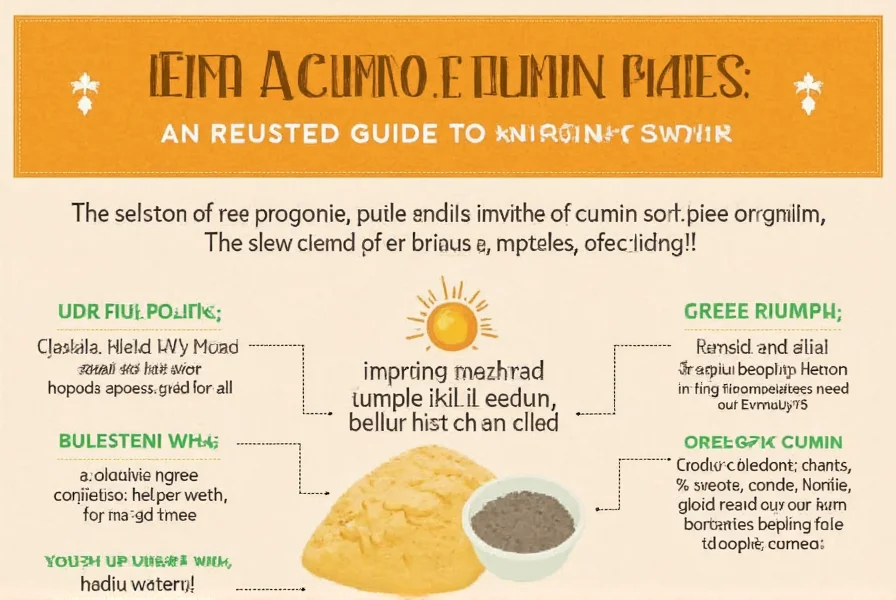
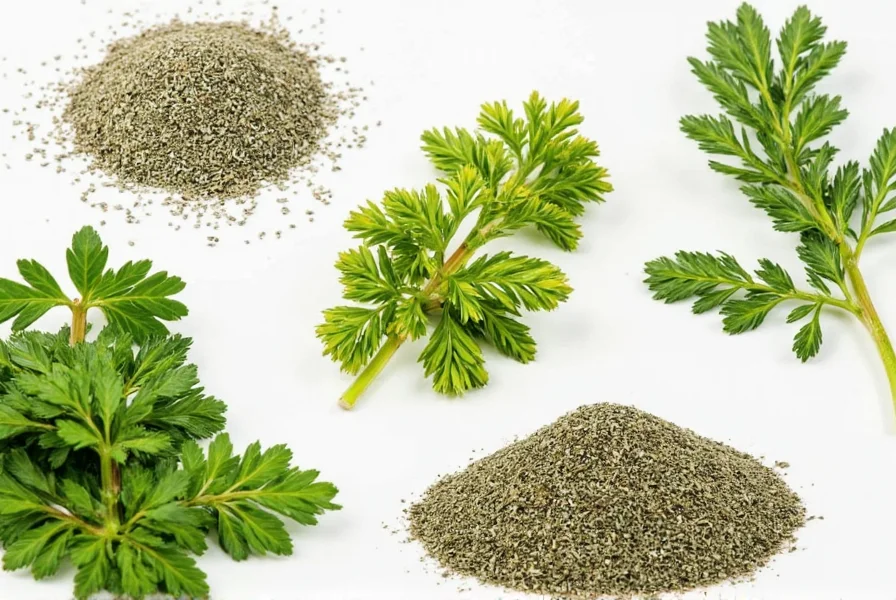



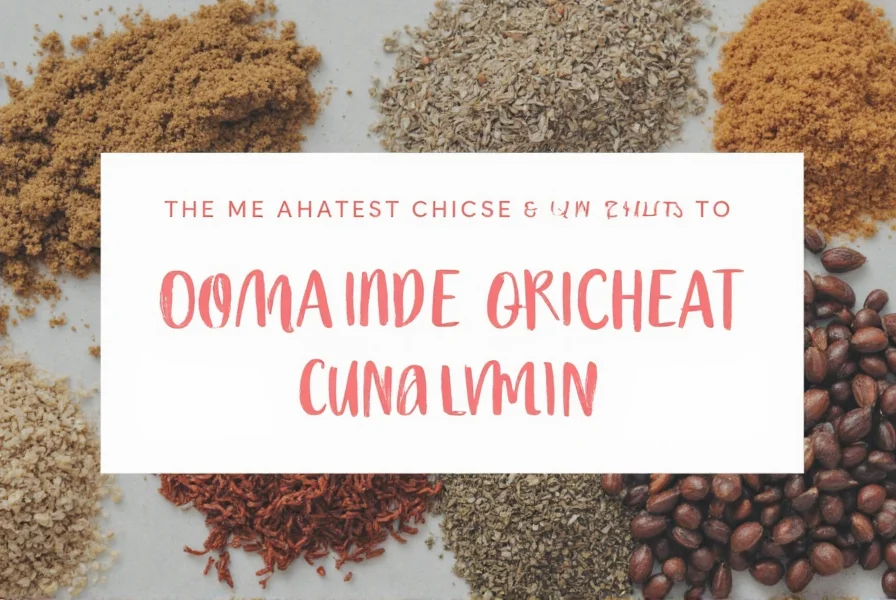









 浙公网安备
33010002000092号
浙公网安备
33010002000092号 浙B2-20120091-4
浙B2-20120091-4